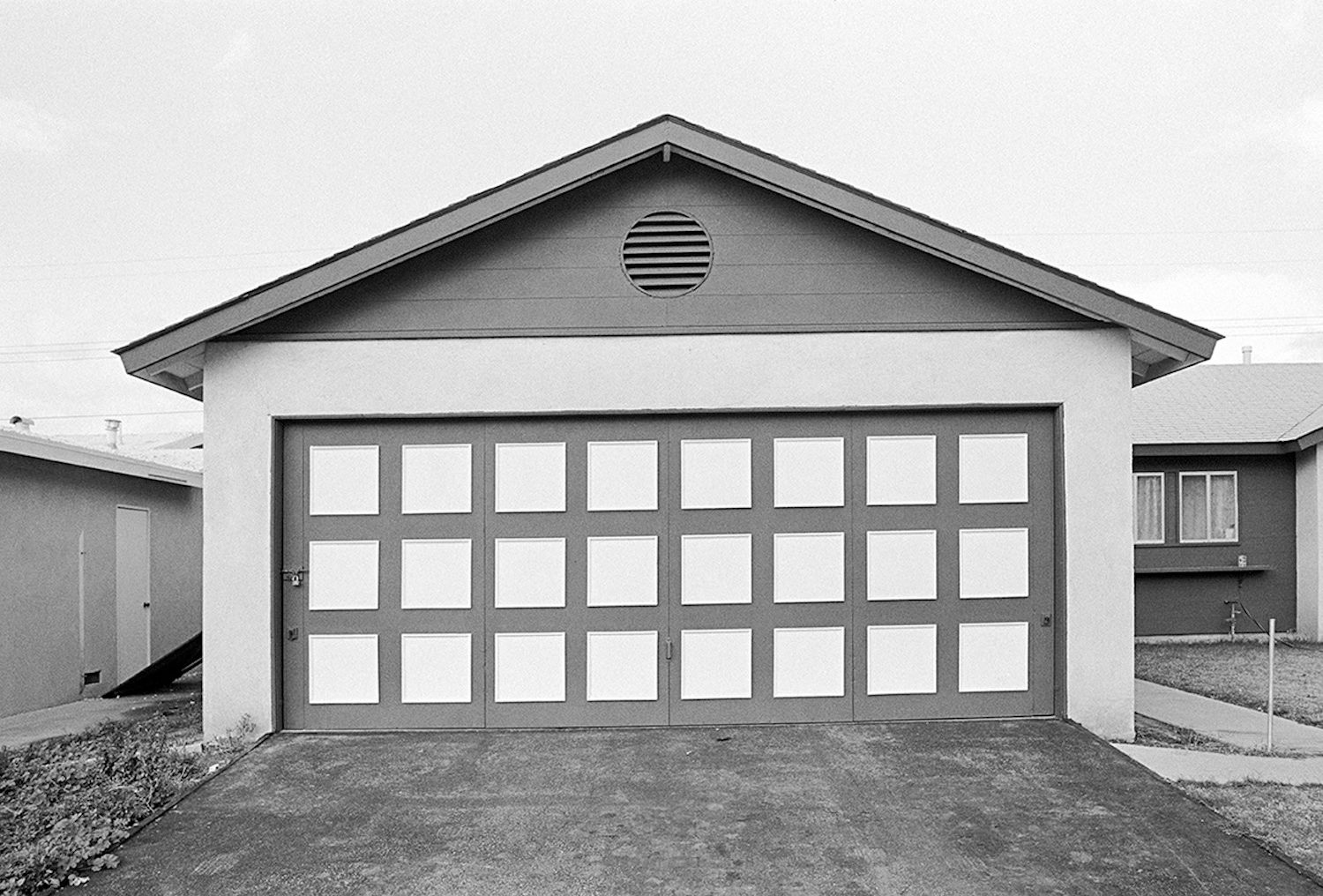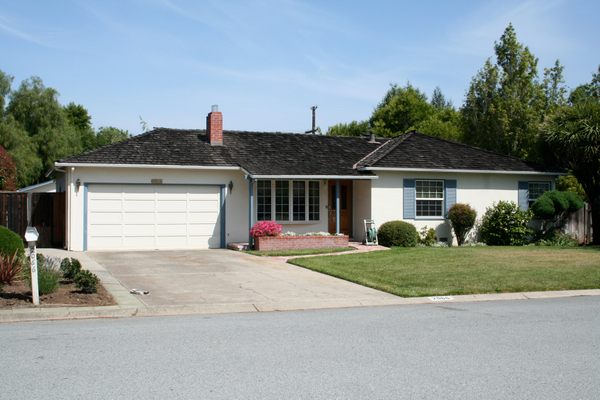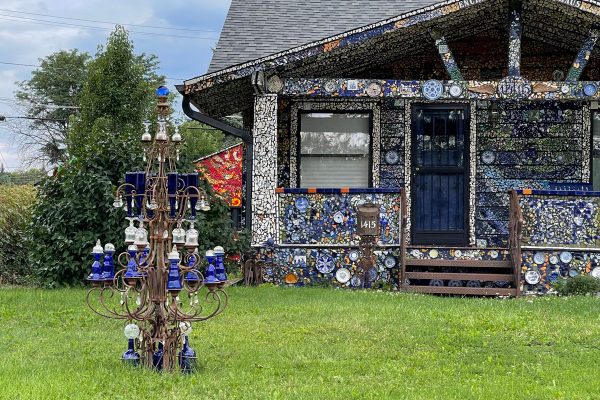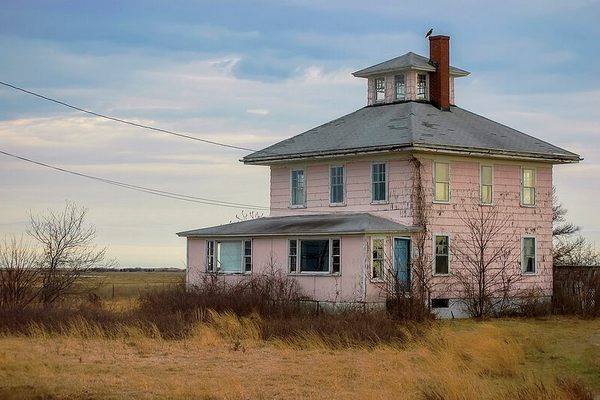Why There’s No Place Quite Like the American Garage
The garage is a symbol of suburbia, a site of rebellion, and a very strange room.

Frank Lloyd Wright started designing the Frederick C. Robie house in 1908, the same year that Ford’s Model T went into production, and he gave the home a three-car garage. The architect and his client were already aligned in their enthusiasm for a newly automotive society. “Robie had caught Wright’s attention because of his car, as they were two of the only men in the South Side of Chicago with a gasoline-powered machine,” write Olivia Erlanger and Luis Ortega Govela in their new book, Garage, an intellectual history of an often overlooked space. The Robie house became an icon of modern architecture, but the automobile-centric spaces Wright added gave it an additional distinction. It was the first house to have an attached garage.
Unadorned and unheated, a garage might seem like a utilitarian place. But in the analysis of Erlanger, an artist, and Ortega, an architect, the garage is a central space of 20th-century America, where modernism and suburban values collide with unexpected power. “We think about it as this weird tumor that was attached to the house,” says Ortega. “It’s the first time the machine is given a room to sleep in.”

At its simplest, a garage is a room without windows, with one massive door that can either reveal the space to the street or keep the world out. It’s an entrance to the house and a “semi-domestic chamber” that’s empty much of the time, whenever the car is absent. Over the years, the garage has become linked closely with mainstream suburban life and the picture-perfect nuclear family. In the years after the Great Depression, the Federal Housing Authority considered a garage an important asset when evaluating a mortgage application.
But almost immediately the garage started becoming, as Erlanger and Ortega put it, “the Freudian id of the home.” In the Robie house, the attached garage quickly became a storage space. In California, where good weather and carports meant that cars could live outside, garages became blank spaces, adapted for all sorts of uses. Without a car, as a “deprogrammed space,” the garage became “a space where the inhabitant could set his own rules and ways of being.”

If Ortega were giving a world tour of important garages, he would begin with the Robie house, then jump to L’Attico, a garage in Rome that artist Fabio Sargentini transformed into an exhibition space in 1968. He would include the El Diablo house where Steve Jobs and Steve Wozniak invented the personal computer, and, as an example of the connection between garages and a certain creaky notion of American masculinity, the garage from the movie American Beauty, where Kevin Spacey works out and smokes weed in opposition to the limits of his suburban life.
Especially when empty of cars, garages become a perfect stage for rebellion. Erlanger’s version of this tour would visit a series of subculture garages: the one where Jeff Ho shaped surfboards and skateboards and, by extension, modern skate culture; the one where No Doubt practiced and had their first house show; the one where the Sisters of the Valley, an order of secular nuns, grew weed; the garage of dominatrix Selina Minx; and the home of Franklin Bell’s Blues Workshop, held on Sundays in a one-car garage in Los Angeles.

As unexceptional as garages might seem to many people today, they may soon be strange relics of the past. “The garage is already a vestigial space, an addendum, a ruin from a different era,” Erlanger and Ortega write. The values and the economy that create space for garages are disappearing. In some visions of the future, individuals won’t need to keep cars, at least not once vehicles drive themselves or are owned by fleet operators such as Uber. But in creating this book—as well as a related documentary set to premiere in 2019—Erlanger and Ortega found that people have surprisingly emotional memories of garages.
“Every single person has a relationship to that space even if they didn’t own one,” says Erlanger. “The image is so strong in our cultural imagination, but also our actual experience.” Hers: She stole her parent’s car when she was 13, but at the critical moment couldn’t figure out how to end her joyride. “I drove straight through the garage door,” she says. “It had a charged memory in my mind.” Ortega doesn’t remember his most important experience of a garage, but he knows it happened. “My grandmother had these really nice garages that opened up into her garden,” he says. He was baptized in one of them.





















Follow us on Twitter to get the latest on the world's hidden wonders.
Like us on Facebook to get the latest on the world's hidden wonders.
Follow us on Twitter Like us on Facebook